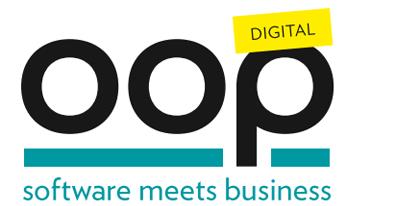
RÜCKBLICK AUF DAS PROGRAMM 2021
The Future Is Already Here?
When we look at where we are now with software development and applications, we can see the roots of today's world in the past. Ideas in current practice are not new, they are just more popular — machine learning, (micro)services, DevOps, Agility, etc. And some things have always been promised as revolutionary but have never taken centre stage, such as the story of CASE tools, MDA, AOP and generative programming. We trace back through time to examine these trends so that we can go forward. What are we seeing now that will be our future?
Target Audience: Anyone interested in developing and delivering software
Prerequisites: Experiences in software architecture and development
Level: Advanced
Extended Abstract:
Science fiction author William Gibson said that "The future is already here — it's just not very evenly distributed." When we look at where we are now with software development and applications, we can see the roots of today's world in the past. Ideas in current practice are not new, they are just more popular — machine learning, (micro)services, DevOps, functional programming, Agile development, etc. And some things have always been promised as revolutionary but have never taken centre stage, such as the story of CASE tools, MDA, AOP and generative programming. We trace back through time to examine these trends so that we can go forward. What are we seeing now that will be our future?
Kevlin Henney is an independent consultant, speaker, writer and trainer. His development interests are in programming, practice and people. He is co-author of two volumes in the ”Pattern-Oriented Software Architecture” series, and editor and contributor for multiple books in the ”97 Things” series. He lives in Bristol and online.
Frank Buschmann is a Senior Principal Engineer at Siemens Technology in Munich. His interests are in modern software architecture and development approaches for industrial digitization.
Vortrag Teilen


